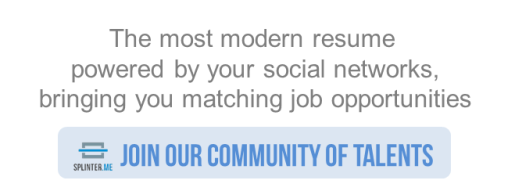London’s Tech City released a survey report yesterday highlighting that the biggest challenge for its 1350 tech business is the shortage of skilled professionals in the job market.
Developers and usability specialists are the most difficult to recruit at the moment in Tech City in London. And most probably not only there.
CyberCoders research findings released earlier this month reveal the most in demand skills for the highest paying technology jobs of 2013:
- Mobile development (iOS, Android)
- Cloud computing (AWS, Azure)
- Front end development (HTML5, CSS3, Javascript)
- UX/UI design
- Big Data (Hadoop, MongoDB, NoSQL)
- C#
- Ruby on rails
- Java
- PHP
- Linux
Needless to say that the shortage of tech talents makes tech businesses experience growth barriers.

Hence they are going for these solutions:
- Importing talents (Some countries are already well known to be good tech talent pools. But to be able to hire someone from abroad means finding those able to relocate and then dealing with the visa systems that are complex and expensive.)
- Hiring temps (94% of Tech City businesses use temporary recruitment, although only 17% prefer this method. The most common temporary resourcing solutions are freelancers (73%) and interns (63%).)

But this is not solving the root cause of the skills gap.
Technology is rapidly evolving and the education system cannot keep the pace. Students (the future workforce) need to learn what is needed on the job market from the businesses that require them to have these skills.
splinter.me is willing to help close the tech skills gap by bringing together students with tech companies. How?
This autumn we will organize a tour of tech companies at campuses of tech universities in Eastern Europe (area that is famous for its tech talents). There will be workshops, hackatons, internship/job fairs. More details to be announced soon.
If your company is interested in participating (meaning providing HR and/or tech employees or founders to go on tour, and paying a fee for making the organization of the tour happening), please drop an email to adelina [at] splinter.me
Also, if you are a tech business willing to organize a few workshops/ job shadowings/ internships for students at your office, we would gladly help you with it. Same, please drop an email to adelina [at] splinter.me
Meanwhile, don’t forget to showcase the tools you use on splinter.me‘s Workspace.
Happy skills upgrade!







